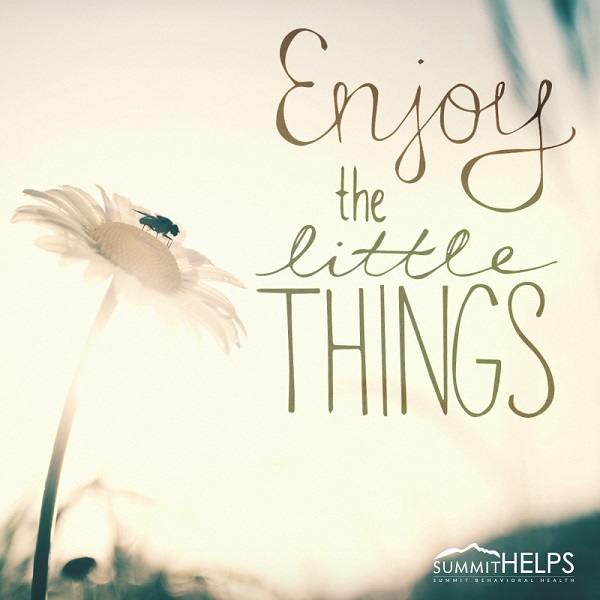One of the goals for people who are in recovery for addiction is to learn to deal with their emotions. Their drug of choice has acted as a type of anesthetic for months or years, helping to shield them from the effects of strong emotions like guilt, shame, anger, anxiety, depression, etc.
Learning how to express emotions while sober can be challenging, but participating in activities of self-expression can help to make the process easier.
Activities Of Self-Expression
The following are five activities that you or a loved one can do to make dealing with emotions in recovery easier to work through.
1. Listen To Music To Identify Feelings
With the help of a therapist, clients listen to selected pieces of music and write down the emotions they associate with each one. The activity can be done in a group, with participants comparing notes after every three or four selections.
2. Go For A Mindful Walk
We are all familiar with going for a walk for exercise or walking for a purpose (to get to work, school, an appointment, or to go shopping). Very few people practice mindfulness while walking, where they are asked to look around and observe their surroundings and make note of the sensations they are feeling – without judgment – before returning their attention back to their breathing. The walk only takes about 15 minutes. Afterward, clients write down what they experienced during their walk, and there are no right or wrong answers, only observations and notes about any internal feelings which may have come up during the experience. Mindful walking helps to bring centeredness and stress-releasing relaxing breathing to the participant.
3. Write A New Ending To A Previous Event
This writing exercise asks clients to write down an event from their past that maybe was a source of conflict with a friend or family member that ended badly. They should start off by writing down the beginning of the event as they remember it and then add on a different ending so that the situation would end on a more positive note. This task asks them to use the skills they are learning in treatment to make better choices in relationships going forward.
4. Build Or Refurbish An Item
This form of art therapy can be very meaningful for clients who are in treatment for drug or alcohol addiction. They are starting with either a blank slate or a discarded doll, toy or other item and changing or improving its appearance. This process mirrors the client’s own journey in recovery as he or she is learning how to live in sobriety. The item is a symbol of the client’s renewal through the work they are doing to move forward into a positive new lifestyle.
5. Draw A Visual Journal
Instead of expressing your feelings through words, clients can use signs, marks or symbols on paper to express what they are feeling. They can use whatever types of symbols make sense to them to share their emotions. The results are discussed with a therapist after the client has finished recording them.
We Take YOU Into Account When Creating A Customized Recovery Plan!
Here at Summit Behavioral Health, we complete a full assessment and take into account your specific history, needs and goals when treating you. That’s why we create a customized recovery plan for each of our clients!
Take The First Step For Yourself Or A Loved One Toward Healing From Addiction & Call Us Right Now!

